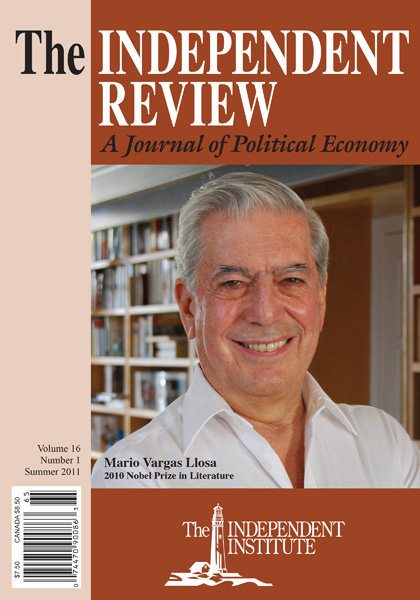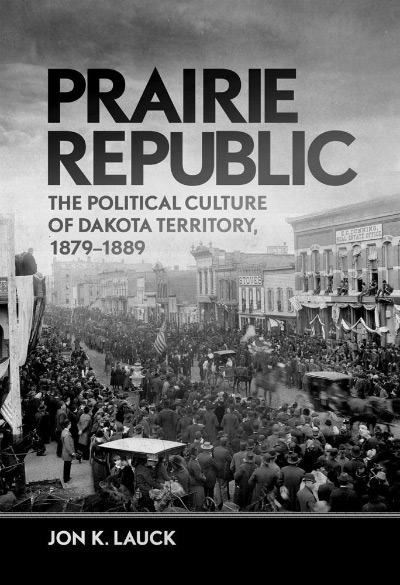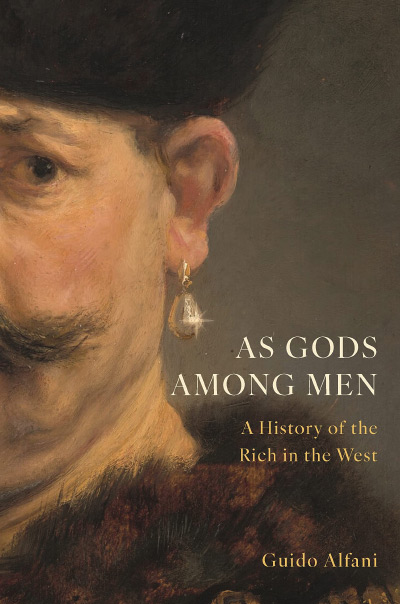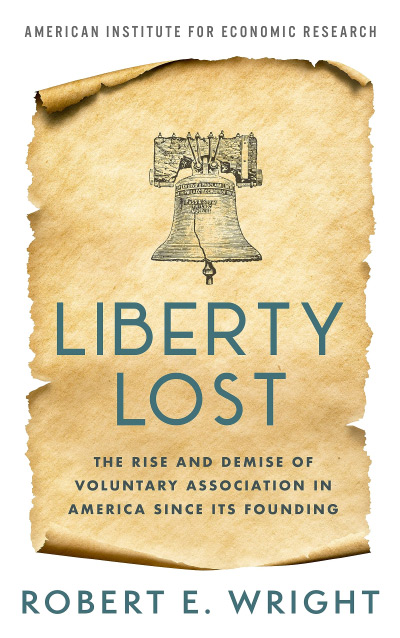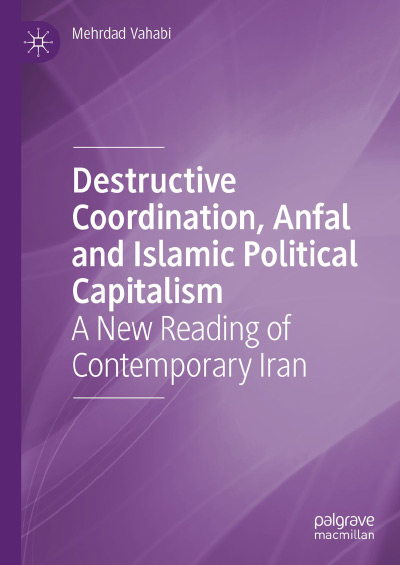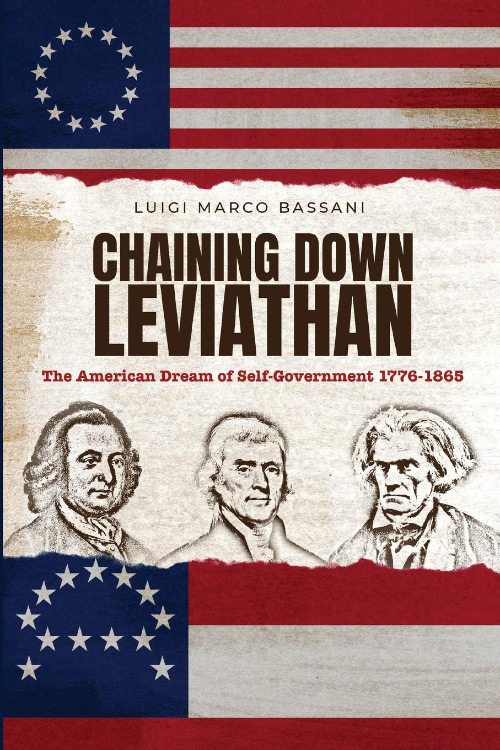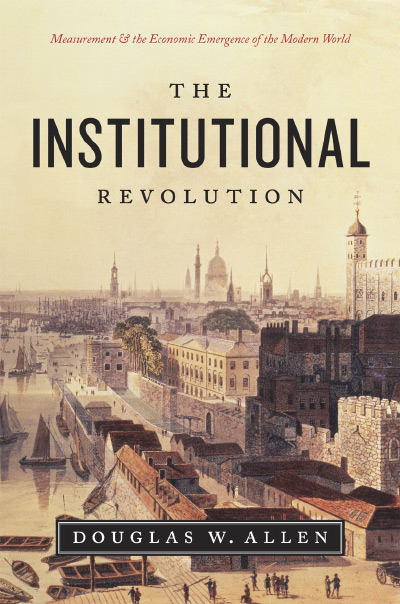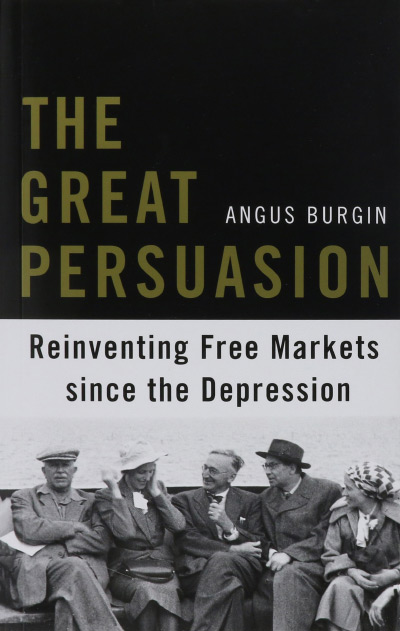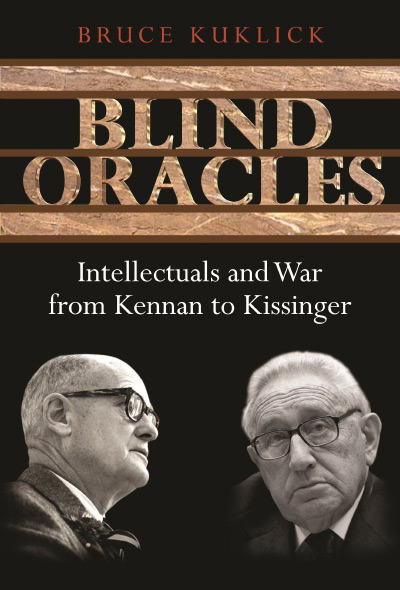In 2004, Thomas Frank, a weekly columnist for the Wall Street Journal and left-wing analyst of American conservatism, published the unlikely best seller What’s The Matter with Kansas? How Conservatives Won the Heart of America (New York: Metropolitan Books). The book drew commanding attention from pundits and politicians for its Marxist-style treatment of poor Kansans voting against their own economic self-interest—a form of false consciousness—by electing traditionalist social conservatives such as Senator Sam Brownback and President George W. Bush to office. Kansans had been duped, according to Frank, by the charms of Republican politicians peddling culture wars over economic development and policies conducive to self-sustaining small-town values in America.
Conservatives have responded to Frank. Both Jack Cashill’s What’s the Matter with California? Cultural Rumbles from the Golden State and Why the Rest of Us Should be Shaking (New York: Threshold, 2007) and Dennis Boyles’s Superior, Nebraska: The Common Sense Values of America’s Heartland (New York: Doubleday, 2008) countered Frank with sociological analyses of California—the home of the loony Left and the one-time home of Kansas City–based journalist Cashill—and with a vivid description of the U.S. Highway 36 corridor in north-central Kansas and southern Nebraska. What Boyles found in Kansas was not the false consciousness depicted by Frank, but earnest and hardworking people doing their best to preserve their economy, communities, and churches from the twin threats of globalization and government bureaucracy. He found not the depressed and defeated people associated with Frank’s Kansas, but rather a vibrant and patriotic set of individuals who believed in the traditional views of American constitutionalrepublicanism.
All of these books took aim at a current problem pregnant with political implications. If the Left could convince Red State America that its interests lie with the leftists, with the idea that government planning and economic policies favoring redistribution of wealth are the pathway to a revitalized future for Middle America, then the Left could challenge the basis for conservative victories in recent decades and turn American democracy back to the vision of Franklin Roosevelt or Lyndon Johnson. For a moment between 2006 and 2009, such a prospect seemed depressingly plausible, and Barack Obama’s election as president paved the way. But the consequences of balancing out Wall Street–Fannie Mae greed with beltway stimulus, health care reform, and cap and trade—punitive toward the very Middle Americans the Left wishes to reach—made the reassertion of a conservative congressional majority a plausible idea in 2010 (at least in the House of Representatives).
Frank’s theory, that class is a better determinant of values than culture, is emblematic of the study not only of current Plains history, but also of the long history of the West in America. Historians such as Howard Lamar, Donald Worster, Patricia Nelson Limerick, and Richard White have made the “new western history” the story of workers against capitalists, of yeoman farmers versus railroads, of women against men, of Hispanics versus Anglos, of the people versus the interests. They have contributed to a more complex and enriched conception of western history than one could have gained from Theodore Roosevelt’s The Winning of the West (1889), but in their view of the Western territories and states as nothing more than colonies of the industrialized East and of their inhabitants as serfs of Wall Street banks and Broad Street railroads, they have simplified the texture of life on the Plains in ways that make Frank’s narrative understandable and acceptable to so many contemporaries.
Jon Lauck, a professional historian who serves as the senior advisor to Senator John Thune (R–S.D.) and a conservative, which he dutifully admits in the preface, is sensitive to this analysis. He respects the work of the just-mentioned historians and believes that it well deserves the praise it has received, but, as he points out at the beginning of his book Prairie Republic: The Political Culture of Dakota Territory, 1879–1889, he believes that their effort to complicate the story of the West has led to a failure to “recognize the genuinely democratic moments in the history of the trans-Mississippi West. The story of Dakota provides a glimpse at one of those moments” (p. xv).
Lauck establishes instead that civic republicanism and Christianity best explain the development of the Dakota Territory in the 1880s, when Dakota’s population grew by more than five hundred thousand in a “boom” double that of the better-known California Gold Rush of the 1840s and 1850s. The predominantly Middle West and New England migrants to Dakota Territory, many of them Protestant and of German ethnic stock, created a “Machiavellian moment on the middle border,” in Lauck’s elegant phrasing, building communities and churches that reflected the Founders’ republican values and ideals.
Lauck discovered that the republican theme was workable for Dakota Territory while he was reading the Dakota settlers’ letters and diaries. “Instead of beginning an examination of Dakota Territory with [new western history] categories of analysis in mind, I started with perusing the historical sources and organizing the book based on my reaction to what I found. Specifically, I was struck by the republican ardor of Dakota settlers in both language and action and by the prevalence of Christianity in their lives” (p. 22). He does not discount other forces at work in shaping Dakota history, but republicanism and Christianity “were more critical to the lived experience of Dakota settlers” (p. 22).
Republicanism thrived in the territory’s political culture. Lauck demonstrates the language of republicanism evident in those who settled the region, many of whom were descendents of the Old Northwest, an area shaped by the republican virtue of expansion prevalent in the early republic. Dakota politicians made use of the imagery of the Founders repeatedly in speeches and allusions to the work of territorial government. The memory of the Civil War—Dakota had no secessionists in its midst, Lauck claims—also proved inspirational for cementing the republican vision and especially that of union. Abraham Lincoln was venerated, depicted as one of ours, and his election in 1860 remembered as “a regional triumph” (p. 37).
Dakota Territory also embodied the celebration of American republicanism through its public-school system, which taught the “the triumphs of the U.S. Republic” and the virtues of civic education. As in most public educational systems, the strongly nationalistic history tended to celebrate the virtues of American ideals while glossing over the less idealistic elements of the national story. But this approach presumed, as the Dakota constitutions drafted in the 1880s stipulated, “that the stability of a republican form of government depended on education” (p. 43). Education stressed virtues such as hard work and emphasized the classical heritage of republican government. Patriotism was celebrated and emphasized not only among young people in schools, but in the many fraternal associations and Grand Army of the Republic lodges that sprang up throughout Dakota.
Lauck also describes the lively religious culture, the other half of the walnut for American republicanism. Church spires, Lauck recounts, “were treated as an index to the moral character of a community,” and it is no surprise that “towering church spires on the prairie, like signal-lights of the harbor, point out each city, town or modest village” (p. 57). Protestants dominated, with Roman Catholics treated as heretics and papists, as they were elsewhere in the nation. Yet the great diversity of Protestant faiths in Dakota, from New England Congregationalists to Norwegian and German Lutherans to Episcopalians, who together held the greater part of the political power in the territorial days, kept Dakota from the more focused and even violent anti-Catholic nativism that surfaced elsewhere. “Although religious and ethnic rifts occurred over such matters as prohibition and schooling in Dakota Territory,” Lauck writes, “there were also positive signs of religious and ethnic comity” (p. 83). The majority Protestant delegates to constitutional conventions in the 1880s rejected efforts to tax the Catholic Church.
In sum, Lauck describes a political culture of territorial government in Dakota Territory at odds with the frequent depiction of western territories and states as cauldrons of ethnic, racial, and class violence and conflict. He challenges the views of Yale University western historian Howard Lamar, who, by the time Lauck began to work on his book, had written the only major interpretation of the territory’s history, which still dominated the historiographical discussion of Dakota. Lamar’s Dakota Territory: A Study of Frontier Politics (New Haven, Conn.: Yale University Press, 1956) reflected the transitional period in western scholarship, critical of Frederick Jackson Turner’s frontier thesis idea but not yet embodying the New Left tenets of the new western history. Lamar focused on class conflict and economics, seeing Dakota’s settlement as part of a stream culminating in populism and the New Deal.
Lauck stands Lamar’s interpretation on its head. For that we can be thankful. His elegant and bold reinterpretation of Dakota Territory as a repository of republicanism is a novel and fruitful way of envisioning how a diverse people settled such an unforgiving land and modeled it on the best principles of their forbears. And it serves as a historiographical refutation of Thomas Frank’s thesis. So what’s the matter with Kansas (and Dakota)? Absolutely nothing.

